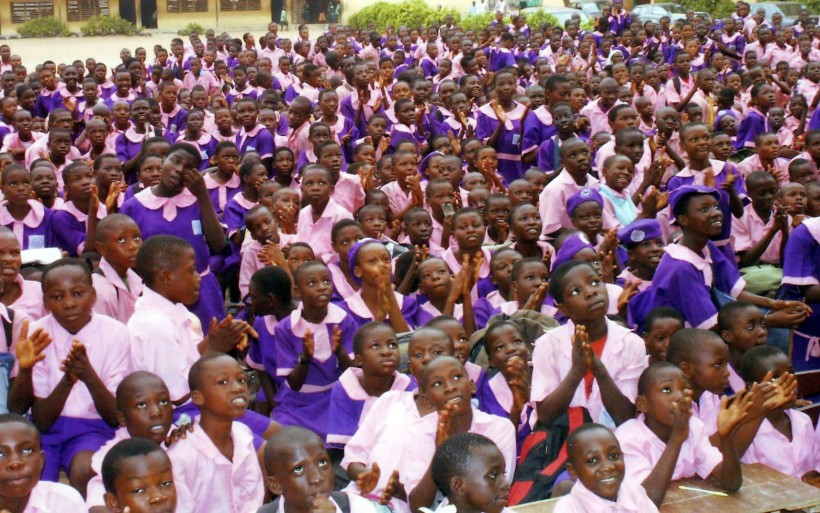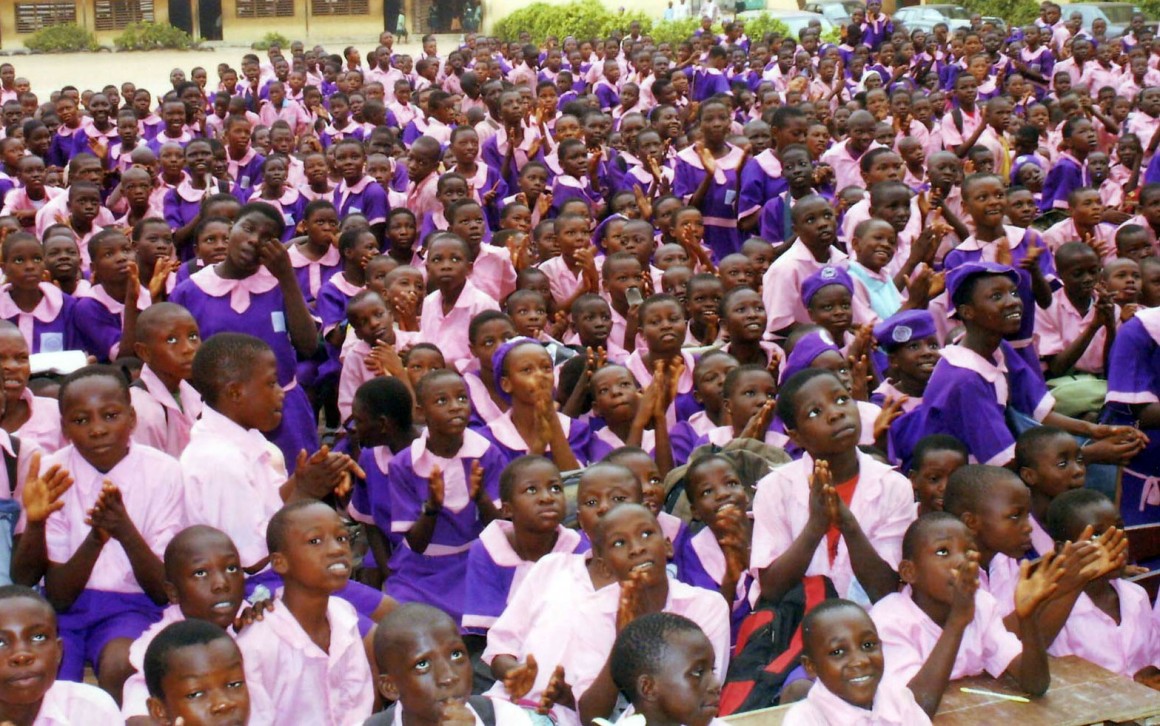By Bobo Bode-Kayode
Over half of the world’s population is below 25 years of age. Talking about the sexuality of young people is still very controversial, even though pregnancy is the main cause of death among women between 15 and 19 years worldwide. Complications in giving birth and unsafe abortion practices contribute greatly to these worrying numbers. Also, almost half of all new HIV infections occur among young people.
Therefore, it is crucial that young people receive adequate information about these issues because it has a high impact on their future and present lives. This information needs to be freely available to everyone. In addition, young people need to have access to contraceptives and relevant health services – also outside school hours and without the need for parental consent. [ : choice]. Many young people engage in sexual risk behaviors that can result in unintended health outcome, including – HIV/ AIDS or pregnancy.
Therefore, it is important that support services should be provided for young people to include – Educate on evidence-based prevention. – professional counseling – medical screening – referrals for follow-up. These services are made available in most countries so that the youth can benefit and live a reasonably well preserved reproductive health.
Reproductive health is a state of complete physical, mental and social well-being, not bordering only on the absence of reproductive disease or infirmity, but deals with reproductive processes, functions and systems of all stages of life.nt to delete story?
The youth, due to the exploratory nature of their life at this stage of development, should be able to have a satisfying and safe sex life and have the capability to reproduce and the freedom to decide if, when and how often to do so.
To most young people, reproductive health refers more to their sexual health; with relation to the enhancement of life and personal relations, and not merely counseling and care related to reproduction and sexually transmitted diseases.
It refers to general health, and transcends to future generations, therefore there should be more emphasis on the young, that in as much as they are ‘in charge’, need to live a sensible and safe life. Emphasis is on the understanding of the context of relationships, fulfillment and risk, choice to have a desired child, or alternatively, to avoid unwanted and unsafe pregnancy. – People’s lives- reckless living is a major precursor, for problems in their lives. – Economic circumstances- when things are difficult generally, people throw caution to the wind. -Education- read to be aware of dangers and safe guard yourself. Be informed on issues concerning your health. – Employment- when you are not gainfully employed, the emotions are not only down, you tend to let down all you would have paid attention to, but rather, just focus on trying to survive. Also, this results in the faint hearted, being drawn to unsavory practices.
– Living conditions- those able to sustain themselves, live in healthy homes, and it is otherwise for those that are not well to do. – Family environment- a good family unit, is a haven for good living all round. Family , parents and relatives , all would care and monitor your way of life. And, in Nigeria as a whole, parents , in line with culture, have a bearing influence on their children. – Social and gender relationships- be wise in your relationship, with the opposite sex, and do not allow negative peer pressure to cause you to commit errors.
– Traditional and legal structures- these are age long structures, that have always been there to assist and guide young people. There are various interplay of these factors on how they influence the youth, whether negatively or positively. Young women bear the greater burdens of reproductive health problems, because if the issue of unwanted pregnancy and unsafe abortions, even though young people of both sexes are vulnerable to reproductive health problems, due to lack of information and access to services.
Most young people, in the quest to take charge of their lives, are secretive and therefore shortchange themselves of valuable information, which would otherwise be made available to them through recognized agencies or mature adults. Young people, male and female are more likely to contact STDs as a result of the carefree lifestyle they engage in. The most common of these are: –
untreated Chlamydia, Gonorrhea which are the two most reportable disease and they cause significant health problems, including infertility, pregnancy complications and increased risks of other diseases like trichomoniasis, herpes, HIV infection, HPV (Human Pappiloma Virus) which is widespread and linked to cervical cancer in young women.
The life time medical costs of STD incidence to young adults aged 15 – 26 is enormous. This is quite worrying, as only a very small fraction the young adult population is not sexually active, as their sexual interaction and preferences is the outlet of the contact and spread of these infections and diseases.
Young women are twice likely to test positive for STDs than young men. The young married ones are more likely to test less positive than those in relationships or young single ones are. More of those cohabiting, or in a relationship are more likely to contact STDs, than those married or in no relationship.
It is important to know that a large percentage of the young adults, do not consider themselves at risk of contacting STDs. Typical symptoms include: – Painful sores or blisters – Painful or frequent urination – Warts on genitals – Offensive discharge, pus from vagina or penis
Pregnancy and sexual health issues are a primary concern of young adults, misconceptions about STDs are common and young adults still do not feel comfortable talking about sexual issues with partners, family members or even health providers. And the stigma surrounding STDs remains a barrier to screening and treatment.
Many sexually active young adults engage in risky sexual behaviors. Many have three or more sex partners, and never or seldom use protective sheath. Sexual risk behavior is also of concern amongst the youth. Vaginal, anal and oral intercourse place young people at risk of HIV infection, and other STDs. Vaginal intercourse carries the additional risk of pregnancy. The most important thing is to be aware and accept the fact that most young adults (male and female) are sexually active, and are therefore at risk of contacting infections. This goes along with the use of alcohol and drugs. Adolescents are more likely to engage in high risk behaviors; such as unprotected sex when they are under the influence of drugs and alcohol.
Abstinence from vaginal, anal and oral intercourse is the only effective way to prevent HIV, other STDs and unwanted pregnancy. The correct and consistent use of a male latex condom (sheath) can reduce the risk of STD transmission, including HIV infection. However, no protective method is 100% effective, and condom use cannot guarantee absolute protection against any STD or pregnancy.
HIV/STD prevention education should be developed with the active involvement of parents, have local content and have community values. These should address the youth that are sexually active and those that are not. Alongside these, all youth should be provided with effective education to protect themselves and others from HIV infection and STDs now and lifelong.
This discussion cannot be complete without mentioning sexual violence. This is any sexual act that is perpetrated against someone’s will. Sexual violence includes a range of offences including rape and attempted sex act, unwanted touching, threatened sexual violence, and verbal harassment.
Sexual violence can have harmful and lasting consequences for victims, families and communities. These include: Physical: the consequences of this include; – Resulting pregnancies – Chronic pelvic pain – Premenstrual syndrome – Gastrointestinal disorders – Gynecological and pregnancy complications – Migraines and other frequent headaches – Back pain – Facial pain – Disability that prevents work
Psychological: victims face both immediate and chronic psychological consequences. These include shock, denial, fear, confusion, anxiety, withdrawal, guilt, nervousness, distrust of others, and symptoms of past traumatic disorder. – Emotional detachment – Sleep disturbances – Flashbacks – Mental replay of assault Chronic consequences include: – Depression – Attempted / completed suicide – Alienation
Social: sexual violence has social impact on its victims. – Strained relationships with victims family, friends and intimate partners – Less emotional support from friends and family – Less frequent contact with friends and relatives – Lower likelihood of marriage
Health behaviors – this is also a consequence of sexual violence Engaging in high risk sexual behavior; – Unprotected sex – Early onset of sexual activity. – Choosing unhealthy sexual partners – Prostitution- sex for money and unwholesome rewards.
Using harmful substances – Smoking cigarettes- the harmful effect of this vice, cannot be over emphasized. – Drinking alcohol – with the knowledge that people have various levels of tolerance, peer pressure comes into play here. The attitude of let us drink , to belong must be dropped. – Drinking alcohol and driving- this is a very common cause of death in revelers, especially in partying young folks. – Taking drugs- everything must be done, to avoid been drawn into this very sad , deadly habit.



Leave a Reply
You must be logged in to post a comment.